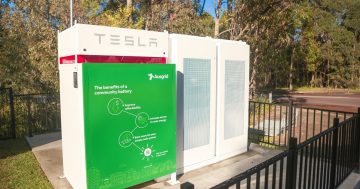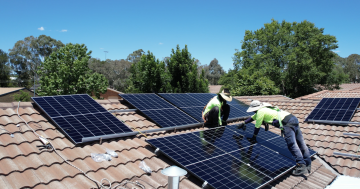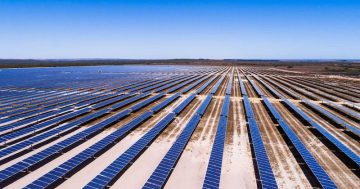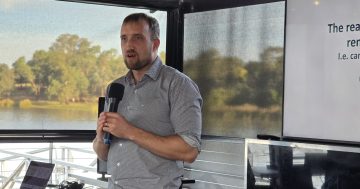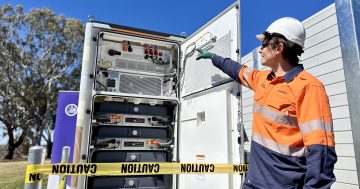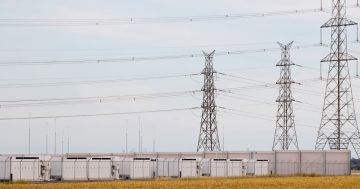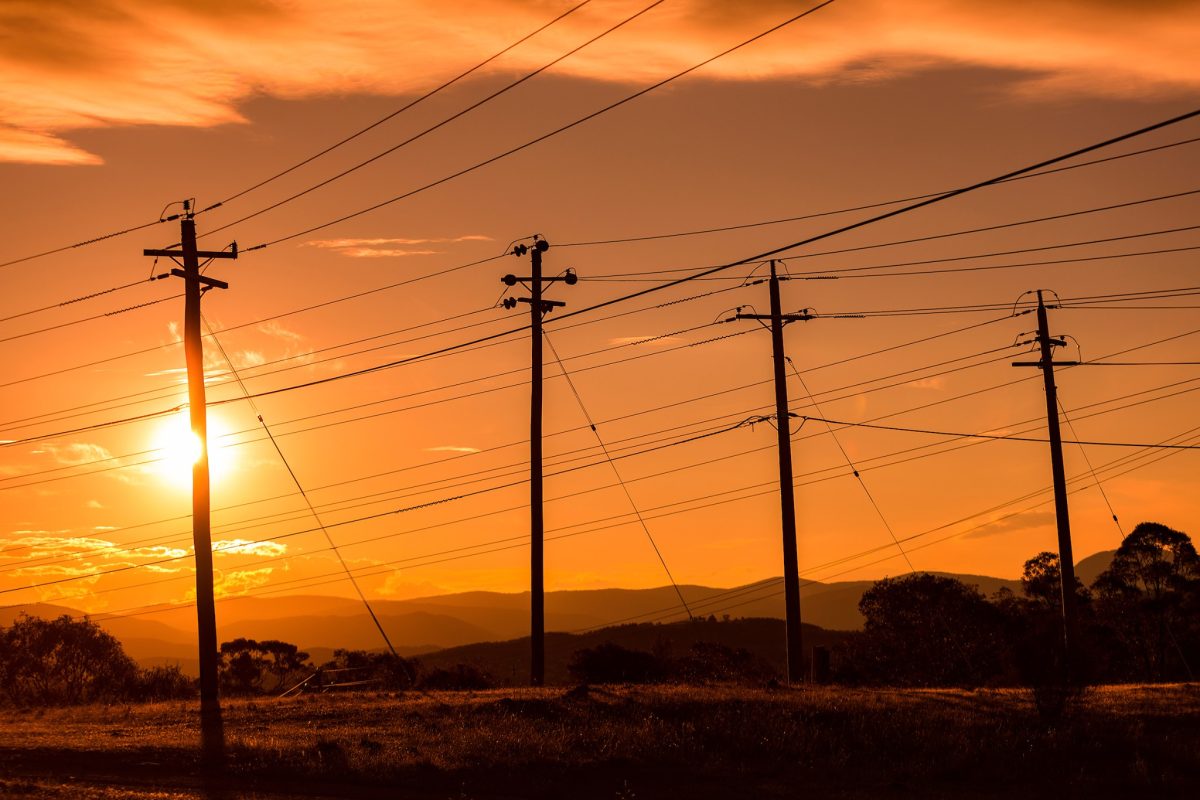
Storing our surplus of renewable energy is a major project for the country. Photo: EvoEnergy.
Electric vehicles and hot water systems are among the unconventional ways a new ANU study has suggested Canberra could power itself in the future.
As cities transition away from fossil fuels and energy consumption increases, storing the surplus of renewable energy is becoming a more pressing challenge.
The cost of power storage infrastructure, such as battery and pumped hydro projects, has been a hurdle for achieving renewable energy goals.
However, a new study from the ANU has suggested that cities like Canberra could take advantage of smart infrastructure to provide the power we need without major restructuring of the grid.
“Cities are often seen as energy-hungry giants,” lead author ANU Senior Research Fellow Dr Bin Lu said.
“But with widespread electrification, they could also become giant batteries — managing energy, not just consuming it.”
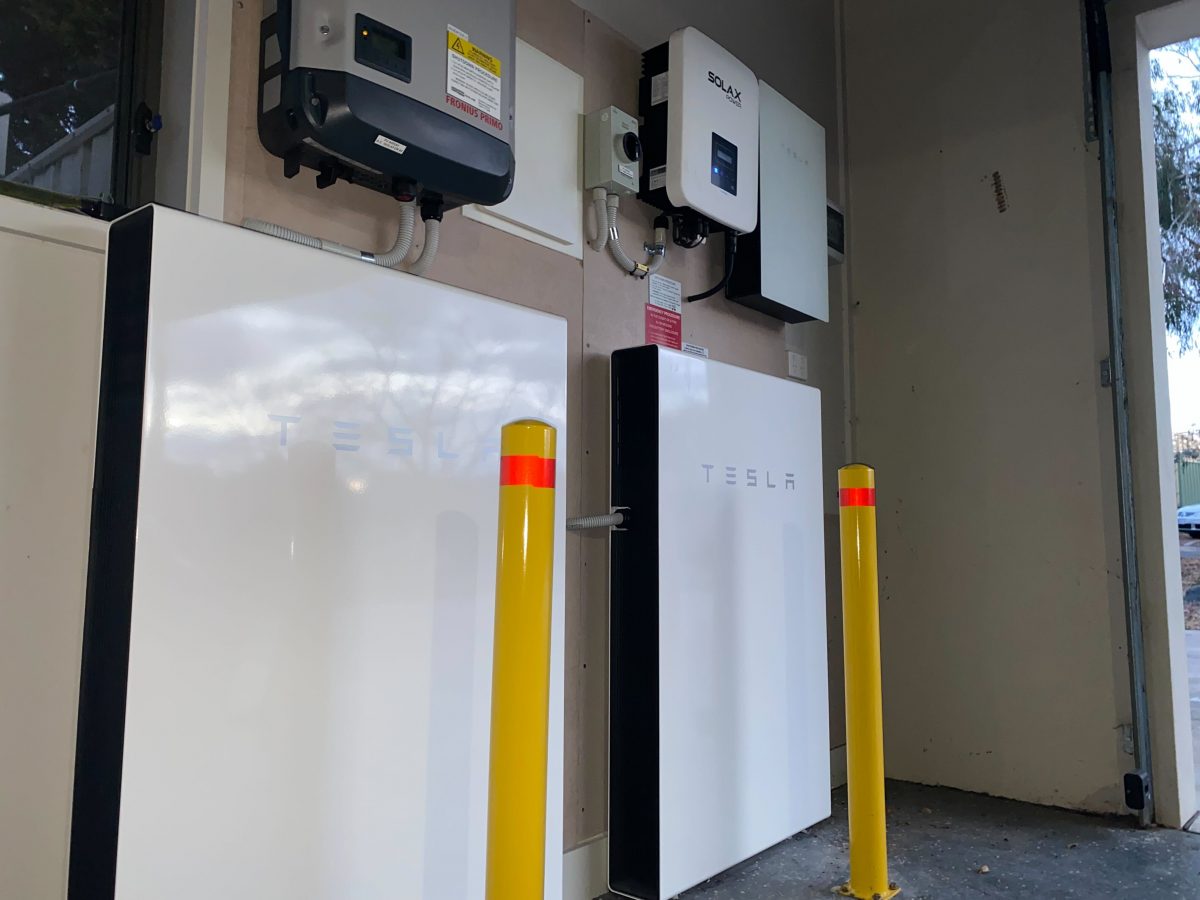
Household batteries are being subsidised by a new ACT government program to help store the surplus of daytime renewable energy. Photo: Region.
The study published in the journal Renewable Energy used the ACT as its case study to explore flexible energy options.
The plan revolves around using EVs and hot water tanks to store off-peak energy to maximise the efficacy of solar energy and reduce infrastructure stress.
According to the report, shifting 5 kWh of daily consumption from peak to off-peak times would reduce future peak load increases by as much as 18 per cent.
“Electric vehicles spend about 90 per cent of their time parked,” Dr Lu said.
“That’s not a bug. It’s a feature. With smart coordination, these parked vehicles can become a powerful tool to help balance the grid.”
The report also highlighted the role EVs could play in Virtual Power Plants, systems that utilise networks of small-scale power storage or generation devices to collectively provide grid power.
According to the study, in a fully electrified city, a person would possess about 46 kWh of energy storage through their household appliances.
That’s more than double the average home’s daily power consumption, or about the same energy it takes to power an EV for 200 to 300 km.
By charging this storage in off-peak times for use during peak times, the stress on the grid would be substantially reduced.
The researchers also studied the potential for large businesses and CBDs to be used as ‘storage hotspots’ in high-density employment areas.
The report highlighted the potential to easily unify thousands of devices in these areas, helping to create virtual power plants that could support the grid while people are at work.
Co-author Associate Professor Marnie Shaw said these solutions aim to reduce the cost of the renewable energy transition.
“As we electrify our homes and our transport, we want to make best use of the grid infrastructure we already have, and minimise the need for expensive grid upgrades,” she said.
The research was funded by Icon Water and the ActewAGL endowment fund in collaboration with Evoenergy.
Acting General Manager of Evoenergy Sam Sachse said these studies are important for future development.
“The energy transition is complex with many moving parts. Understanding how these new electric loads behave and how we can manage them is crucial to building a smarter and more reliable electricity network,” he said.
In its conclusion, the report stated that this solution would create energy flexibility for cities like Canberra in the future as the nation moves towards an increasingly renewable-based energy grid.
“This study contributes to understanding of city-scale storage integration by addressing system-level challenges not captured in prior household- and microgrid-level studies,” the report stated.
“The findings provide actionable insights for infrastructure planning, regulatory frameworks, and demand-side management policies to support the transition to all-electric energy systems.”












